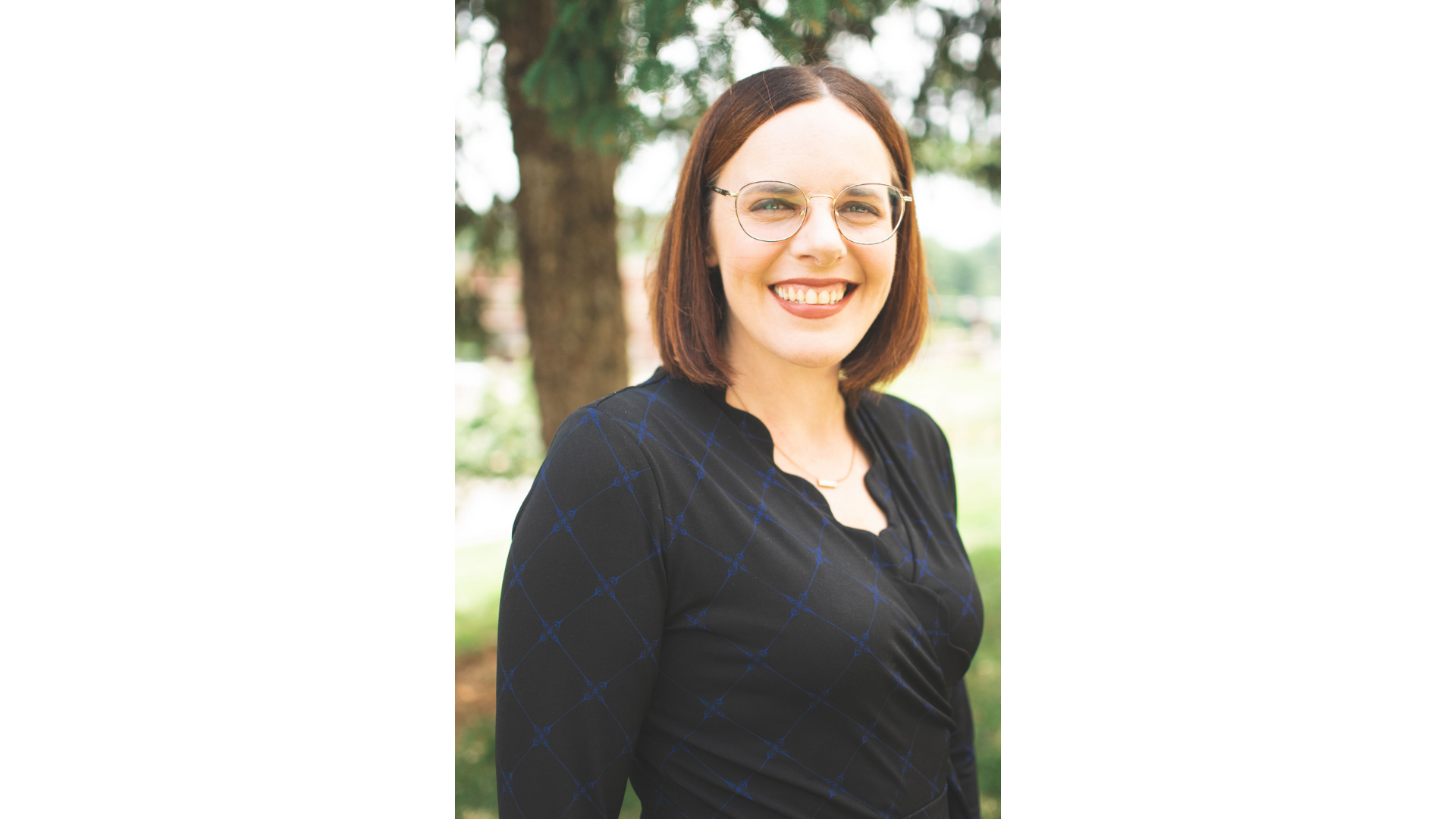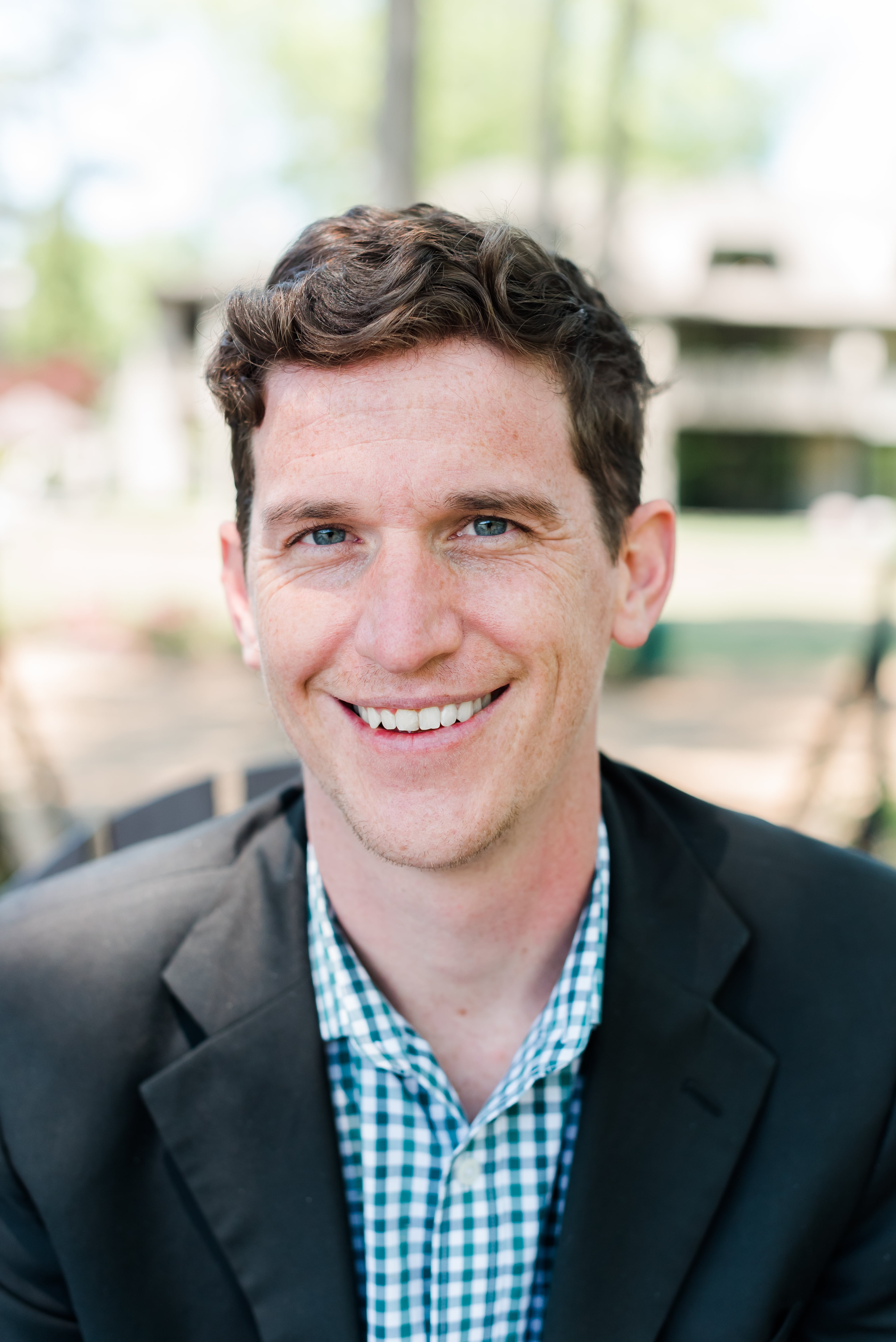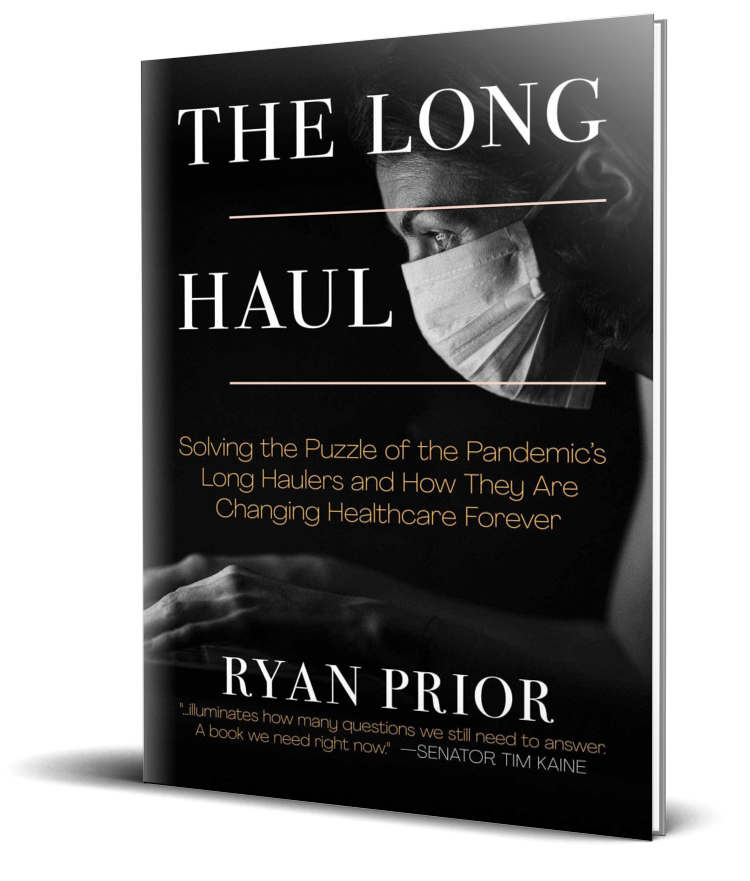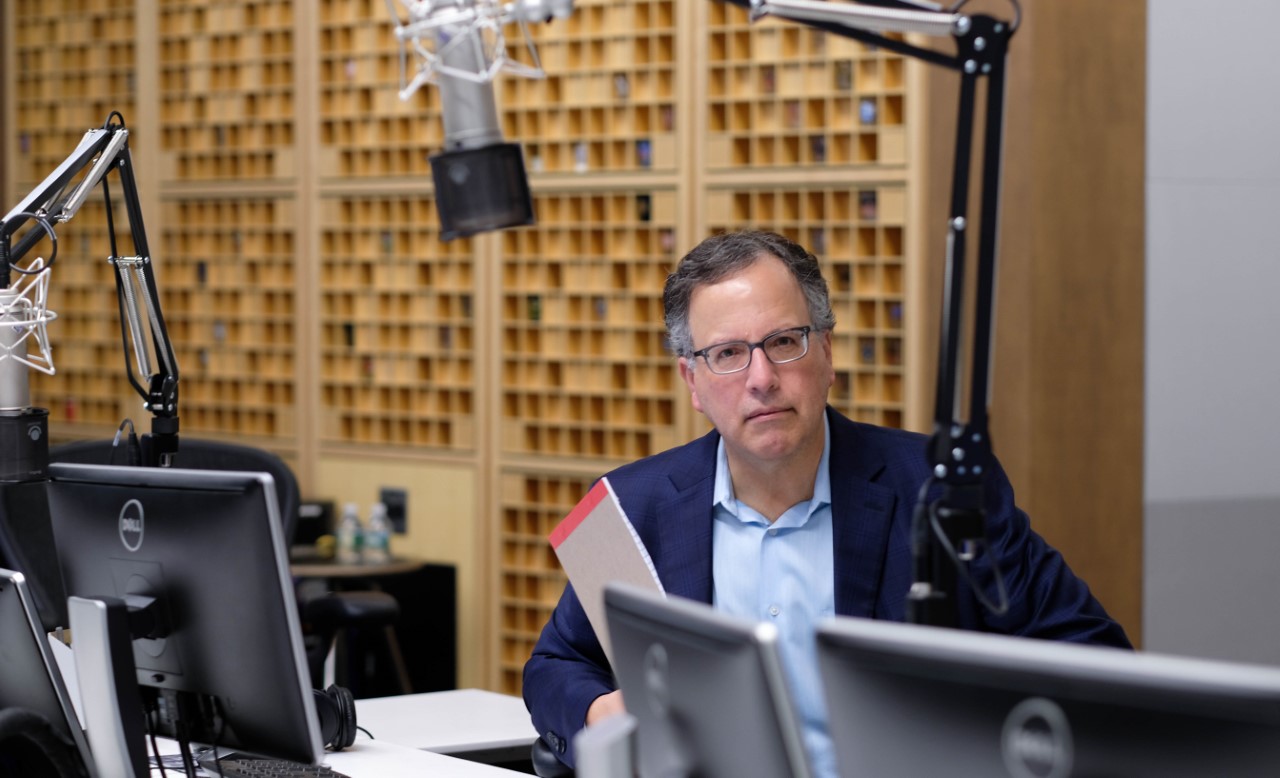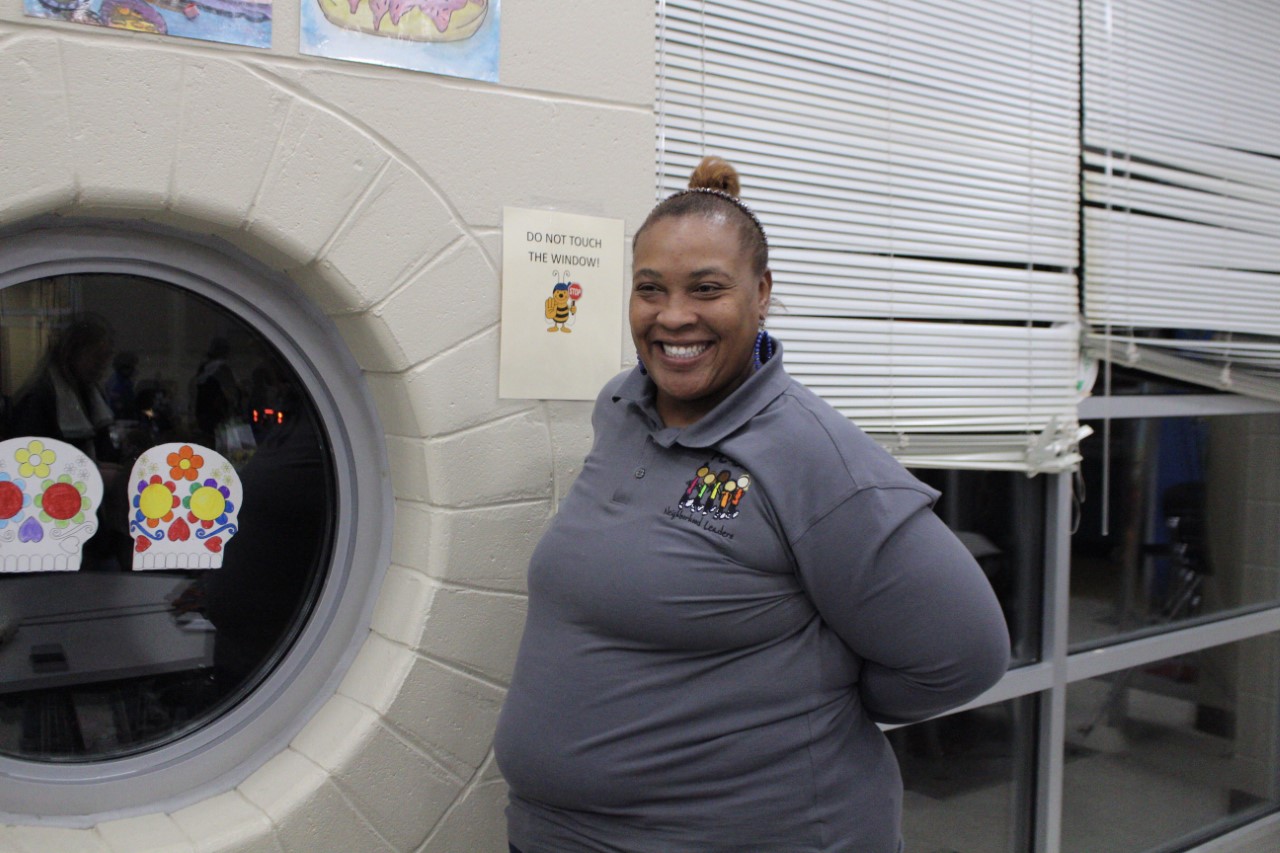By Jesse Wood
Ashlynn Wistoski is financially independent at the University of Georgia, meaning she receives no monetary support from her parents. Wistoski supports herself through college, which is made more challenging by the fact that her parents’ income excludes her from need-based financial aid.
“Yeah, [my] parents make money, but it’s not near enough for them to pay all of our expenses as well,” Wistoski said.
College is expensive, presenting unique obstacles for students who do not have financial support from their parents. Though these challenges seem daunting, financially independent students have developed sustainable habits to stretch each dollar as far as they can, as well as lean on services designed to provide assistance.
According to Third Way’s 2019 research, 55% of students financially struggle to support their college education, causing 79% of them to delay their graduation date and 51% of students drop out altogether because they cannot afford an education.
Wistoski, a student working towards her master’s in accounting, chose UGA because of access to student loans and in-state scholarships, such as the HOPE and Zell Miller scholarships, which cover the cost of tuition for recipients. Additionally, Wistoski’s rent is paid for through the Veteran Affairs Chapter 35 Dependents’ Educational Assistance due to her father’s service.
Despite the scholarship money Wistoski uses to pay for education and rent, she still owes $10,300 per semester for bills such as utilities, car payments, groceries, and other expenses.
“Honestly, it’s pretty stressful, ” Wistoski said.
Students in the workforce
Part-time jobs are common in college. According to a survey performed in 2020 by the National Center for Education Statistics, 40% of full-time students held a job while enrolled in college, and 74% of part-time students did.
Sammi Briggs, a third-year student studying astrophysics, has scholarships to cover her tuition, leaving her to manage the expenses of medical bills, food, rent and everything in between.
Briggs works around 15 hours a week as a business developer at DLB Associates, a company that provides engineering and consulting services for data centers. Similarly, Wistoski worked anywhere from 10 to 18 hours at various part-time jobs while working towards her undergraduate degree.
Wistoski arranged her schedule to only have class on Tuesdays and Thursdays to allot time for work. She worked at Cravings, a local restaurant, and during her junior year, Wistoski added a job at Keppner Boxing.
“But neither of those jobs paid a lot, so I had to work both of them at the same time so I could make enough,” Wistoski said.
Now, as a teaching assistant at UGA, she is paid “whenever she is in the classroom,” Wistoski said. This is a significant cut to her usual monthly income of $500 to $700 from multiple part-time jobs, leaving her to rely on her savings from paid summer internships.
“I was able to save enough money with my internship this summer,” Wistoski said. “I really needed to focus on school for my master’s, so I use that. I worked hard over the summer so I could not work so hard during the semester.”
The impacts of working while in school
It is a nonnegotiable for Briggs, Wistoski and many other students to hold at least one part-time job while enrolled in college. However, allocating time for a job can strain their grades and social life.
“Working impacts my grades because I do not have time to study as much as I should and sometimes I have to miss class,” Briggs said.
Not only do Briggs’s grades suffer, but she also cannot afford many of the activities she wants to participate in, including Greek life. According to UGA Panhellenic’s website, the average cost of new member dues in a sorority is approximately $1,930 per semester.
“The biggest obstacle is saying no to things I want to do because I have to work, study or I can’t afford it,” Briggs said.
Wistoski shares the same sentiment, explaining that instead of hanging out with friends, she would either be working or staying in to study.
“I envy the kids that really only have to worry about just school and hanging out with friends,” Wistoski said.
Wistoski has developed better study habits that allow her to make more time for friends during the semester, but in the end, school and work come first.
“I always sacrifice social life over anything,” Wistoski said. “I care a lot about my grades and I have tough scholarships that I need to keep.”
Resources
Gabriel Smallwood’s role as a college advisor at Clarke Central High School is helping over 400 students determine their next steps after graduation.
Financial hardships are a deterrent for students to enroll in college. According to College Board, “federal grant aid decreased by 33% … between 2012-13 and 2022-23,” while public four-year college tuition fees have been continuously increasing since 1993.
“Finance is definitely the big barrier to college,” Smallwood said.
Smallwood works one-on-one with financially disadvantaged students who want to attend college. This extra help can range from additional meetings to researching local and national scholarships available to students.
“I try to meet students where they’re at, regardless of what is going on,” Smallwood said.
UGA offers resources to students, such as support funds, to help cover costs for essentials such as medical bills, car repairs, personal safety needs, mental healthcare, essential household expenses and more.
The Office of Student Financial Aid website provides undergraduate and graduate students easy access to applications for grants, scholarships and federal work-study.
Benefits
Wistoski, Briggs and many other students face obstacles due to being financially independent, but they also can reap benefits. Wistoski’s experiences have led her to become efficient at budgeting, spending thoughtfully and always having “an idea of what’s in her account.”
“I do have to be cautious about what I’m spending and when I’m spending it and what I’m spending it on,” Wistoski said.
Smallwood said that although the situation is difficult to navigate, it teaches young adults an important lesson — advocating for yourself.
“I feel like going through this process, it’s going to be very, very helpful for them,” Smallwood said.
Jesse Wood is a journalism student at the University of Georgia.





